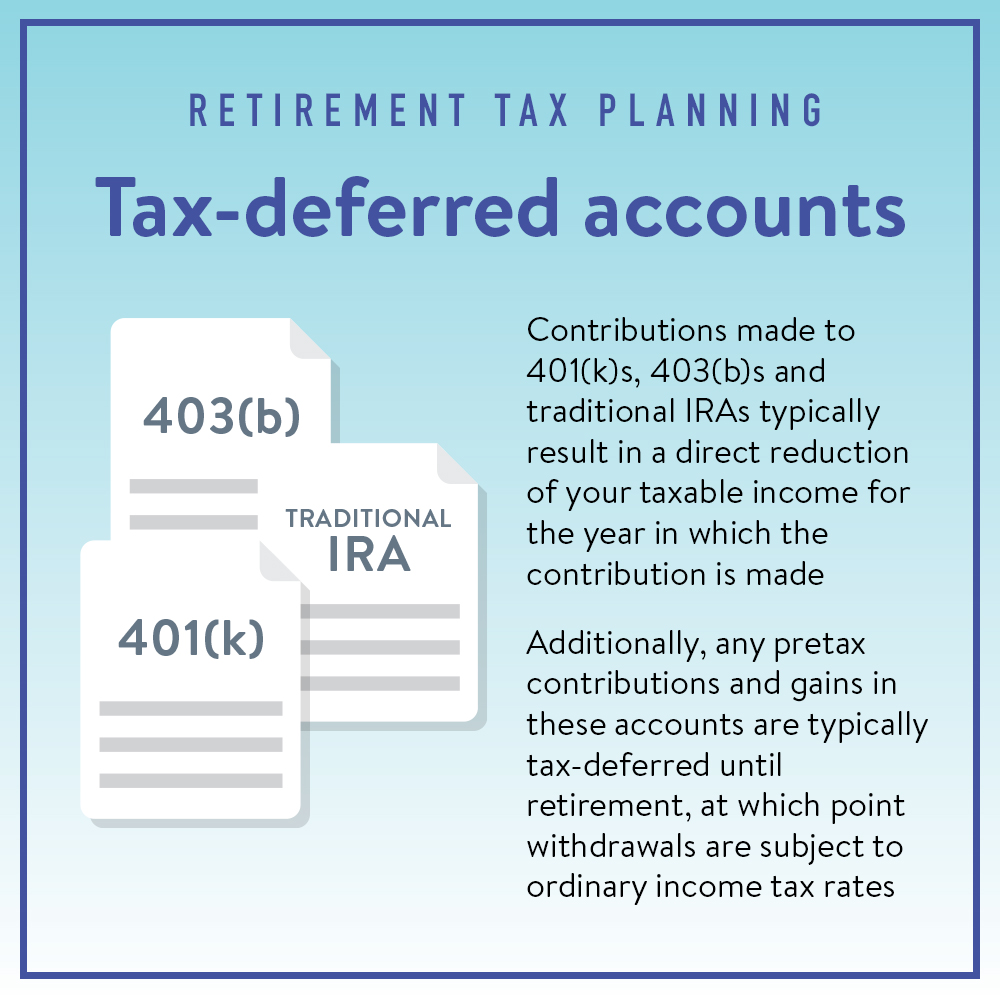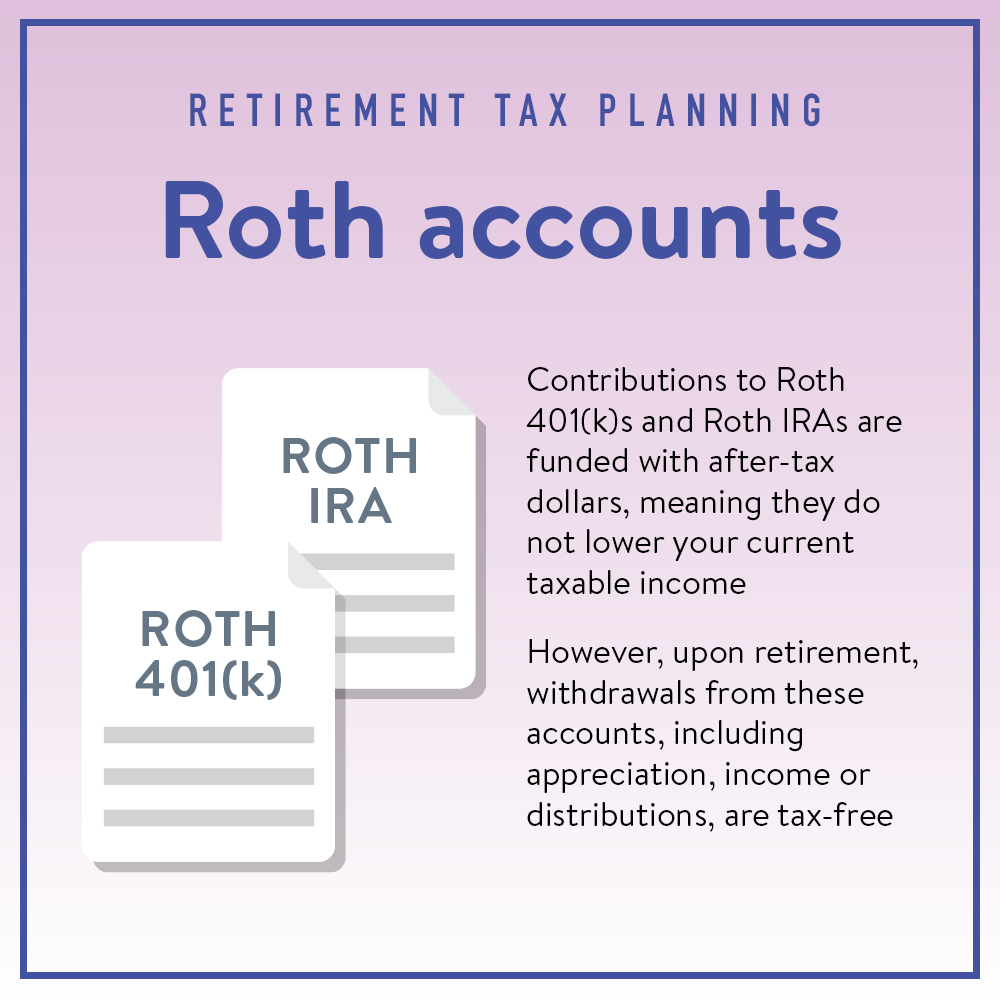
How to make the most of your 401(k) from an old job
Updated on Aug. 15, 2024, at 3:10 p.m. CT
Got a 401(k) from an old job and wondering what to do with it? Maybe you even have account balances in multiple retirement accounts? Don’t fret. You’ve got a few solid options to keep your retirement savings on track—and even bring multiple accounts together—so your hard-earned money is there when you need it.
The best choice for you depends on your situation, your goals and what each employer’s retirement plan allows.
Learn about your options, what to consider for each and even how to track down old 401(k)s.
What are my options for my old 401(k)?
You likely have a few options for your 401(k) savings from a previous employer. Each employer’s plan is different, though. Here are the typical options:
- Leave it: You may be able to leave your retirement account where it is. If your balance is over $7,000, you can usually leave it in the 401(k) plan until the plan’s normal retirement age. But if your balance is less, your former employer might ask you to move your money out of the plan.
- Move it to another 401(k): If you’re working at a new job, you might be able to roll your old 401(k) into your new employer’s plan.
- Move it to an IRA: Rolling over your 401(k) into an Individual Retirement Account can be a smart way to consolidate your retirement savings and give you more control over your investments.
- Cash out your savings: Generally, if you withdraw money from a retirement plan or IRA before age 59½, it’s considered an early distribution. Unless an exception applies, you may have to pay additional taxes to access the money you’ve worked hard to save.
Is there any benefit to not rolling over my 401(k)?
It really depends on your financial situation and your former employer’s 401(k) plan rules.
When leaving a job, many people like to move their 401(k) money too. It can offer more investment choices, control and flexibility.
But there are some situations when keeping your money in your old 401(k) plan might make sense:
- Protection from creditors: Many 401(k) plans offer federal protection from creditors. IRAs only offer federal protection from creditors if you file for bankruptcy. Any added protection depends on your state’s laws.
- Loans from your savings: If you think you’ll need access to some of your funds, some 401(k) plans allow you to take out loans. This isn’t an option with IRAs.
- Net unrealized appreciation: If your 401(k) distribution includes employer stock that’s gone up in value, rolling it over to an IRA could cost you. By keeping the stock in your 401(k), you might qualify for favorable tax treatment on the capital gains, which wouldn’t apply if you moved it to an IRA. A tax advisor can help you weigh your options.
5 things to consider
When deciding whether to roll over your old 401(k) to an IRA, here are a few things to keep in mind:
- Check for fees: Ask about any surrender charges your employer plan might impose, and find out if your new IRA has any as well. (Hint: Dupaco IRAs don’t charge maintenance fees!)
- Compare costs: Take a close look at the investment fees and expenses in your IRA and its investment funds, and compare them to those in your employer plan.
- Some funds can’t roll over: Keep in mind that not every distribution can be rolled over to an IRA—like required minimum distributions.
- Roth 401(k) rollover timing: If you roll over your Roth 401(k) into a Roth IRA and it’s your first Roth IRA, you’ll need to wait five more years for tax-free withdrawals. This applies even if you’ve already met the five-year rule with your employer plan. Pro tip: If you think you’ll eventually roll over your Roth 401(k), it’s a good idea to open your Roth IRA now to start the five-year clock. This way, you’ll be closer to qualifying for tax-free withdrawals when you need them!
- Know what you’re giving up: Make sure you understand any rights or guarantees you might lose by moving your money out of your employer plan.
Should I roll over my 401(k) into my new employer plan or an IRA?
You might have the option to roll over your old 401(k) into your new employer’s plan. (Each plan is different, and some might not let you roll an existing 401(k) plan into theirs.) If you like the new plan, it could be a convenient way to keep your retirement savings in one place.
On the other hand, IRAs may give you more control, a wider range of investment options and lower fees.
“Not only does transferring those funds into an IRA help you continue saving for the future, but your money keeps growing tax-deferred,” said Dupaco’s Cassie DeVore.
Dupaco offers a variety of IRA options, including IRA term-share certificates and IRA share accounts—and IRA brokerage accounts with a financial advisor.
Ultimately, it’s about what best aligns with your current financial needs and long-term goals. A trusted financial advisor can help you weigh your options.
Either way, you’ll want to contribute to your new employer’s retirement plan as soon as you’re eligible—especially if they match your contributions. That’s free money!
Request a free consultation with a financial advisor >
Is there a penalty for cashing out my 401(k)?
It might be tempting to cash out your 401(k). But resisting the urge to cash out your retirement funds early will help you avoid potential penalties and fees.
“Don’t forget that these funds are meant for retirement. You’re setting yourself back by cashing it in, even if it seems like a small amount,” DeVore said. “Every little bit you save now adds up later.”
If you take out this money early, you could face tax liabilities and penalties like:
- Mandatory withholding of 20% federal tax.
- Early-withdrawal penalty of 10% from the Internal Revenue Service if you’re under age 59½ and you don’t qualify for an exception. (Some exceptions to this penalty for IRAs include qualified higher education expenses and qualified first-time homebuyers.)
Depending on how much you withdraw, you could end up with a hefty tax bill.
But when an employer plan is rolled over directly into an IRA or another 401(k) plan, it’s a non-taxable event with no penalties by the IRS. Plus, you still have those funds set aside for retirement!
It’s important to consult your tax advisor to understand how an early withdrawal would affect you in both the short- and long-term.
If you have an immediate need for funding, Dupaco can help you explore other options first.
Request a free Money Makeover to review your options >
Is there a time limit to roll over a 401(k)?
In most cases, you have 60 days from the date you receive the retirement plan distribution to roll it over to another plan or IRA, according to the IRS. Otherwise, you could face potential tax liabilities and penalties.
There are three ways to complete a rollover:
- Direct rollover: You can ask your retirement plan administrator to rollover your funds directly to another retirement plan or IRA—usually via a check made out to your new account. No taxes will be withheld from this transaction. Hint: You’ll want to reach out to your new financial institution to ensure a smooth rollover!
- Trustee-to-trustee transfer: If your distribution is from an IRA, you can ask the financial institution holding your IRA to transfer the money directly to another IRA or retirement plan. Like with direct rollovers, no taxes are withheld.
- 60-day rollover: If your distribution is paid directly to you, you have 60 days to deposit it into an IRA or retirement plan. Keep in mind that taxes will be withheld from the distribution. So, you’ll need to use other funds to roll over the full amount.
Rolling your 401(k) into a Dupaco IRA takes little effort.
If your previous employer gave you forms to make your distribution election, Dupaco can help you complete and return them. But if you didn’t receive paperwork, Dupaco can call the company with you. Just have your 401(k) statement handy.
Can I find my 401(k) with my social security number?
Yes, you can! If you’ve lost track of a 401(k) from a previous job, your social security number can help you find it.
The National Registry of Unclaimed Retirement Benefits is a free resource that can help you locate your unclaimed retirement funds. You provide your social security number to start the search. (The registry does not ask for any other identifying info.)
If there’s a match, you’ll get the details on where your 401(k) is waiting for you. Then, you can contact your former employer to claim your funds.
According to the national registry, when people retire or change jobs, they sometimes leave their retirement funds in their old employer’s plan. This money remains protected and is held by the employer until the former employee or their estate claims it.
Two exceptions allow an employer to transfer your account out of the plan:
- If your account balance is under $7,000.
- If the employer terminates the plan.
In these cases, the employer may transfer your funds to an Automatic Rollover IRA or a Missing Participant IRA, depending on the circumstances.




